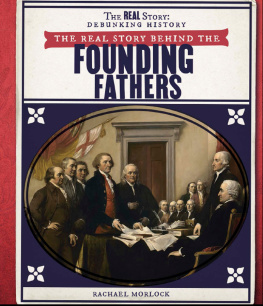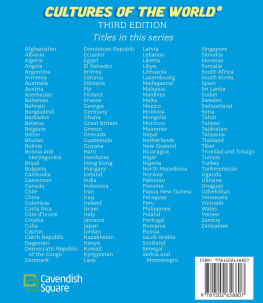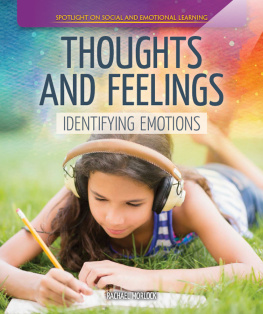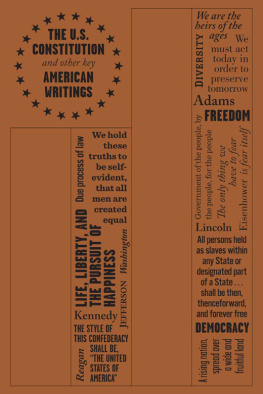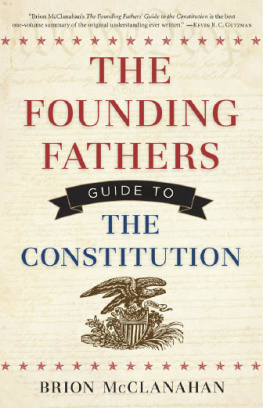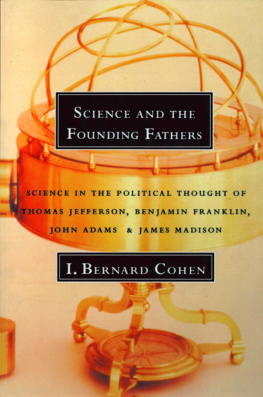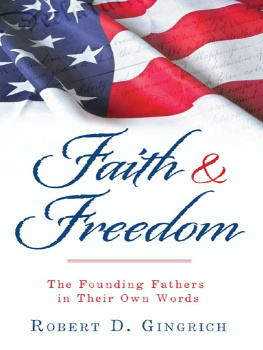Contents
Published in 2020 by The Rosen Publishing Group, Inc.
29 East 21st Street, New York, NY 10010
Copyright 2020 by The Rosen Publishing Group, Inc.
All rights reserved. No part of this book may be reproduced in any form without permission in writing from the publisher, except by a reviewer.
First Edition
Editor: Jill Keppeler
Book Design: Reann Nye
Photo Credits: Cover https://commons.wikimedia.org/wiki/File:Declaration_of_Independence_(1819),_by_John_Trumbull.jpg; p. 5 Courtesy of the Library of Congress; p. 7 Stock Montage/Archive Photos/ Getty Images; p. 8 https://commons.wikimedia.org/wiki/File:John_Adams_(1766).jpg; p. 9 https://commons.wikimedia.org/wiki/File:Writing_the_Declaration_of_Independence_1776_cph.3g09904.jpg; p. 11 PHAS/Universal Images Group/Getty Images; p. 13 https://upload.wikimedia.org/wikipedia/commons/1/18/Mrs_James_Warren_%28Mercy_Otis%29%2C_by_John_Singleton_Copley.jpg; pp. 14, 15, 29 Bettmann/Getty Images; p. 17 (top) Historical/Cobis Historical/Getty Images; p. 17 (bottom) https://commons.wikimedia.org/wiki/File:Gilbert_Stuart_Williamstown_Portrait_of_George_Washington.jpg; p. 18 https://commons.wikimedia.org/wiki/File:Treaty_of_Paris_1783_-_last_page_(hi-res).jpg; p. 19 De Agostini Picture Library/De Agostini/Getty Images; p. 21 (top) https://commons.wikimedia.org/wiki/File:Scene_at_the_Signing_of_the_Constitution_of_the_United_States.jpg; p. 21 (bottom) https://commons.wikimedia.org/wiki/File:Benjamin_Franklin_Signature.svg; p. 23 Photo Josse/Leemage/Corbis Historical/Getty Images; p. 25 (left) https://commons.wikimedia.org/wiki/File:An_Advertisement_of_The_Federalist_-_Project_Gutenberg_eText_16960.jpg; p. 25 (right) https://commons.wikimedia.org/wiki/File:JamesMadison.jpg; p.27 GraphicaArtis/Archive Photos/Getty Images.
Cataloging-in-Publication Data
Names: Morlock, Rachael.
Title: The real story behind the founding fathers / Rachael Morlock.
Description: New York : PowerKids Press, 2020. | Series: The real story: debunking history | Includes glossary and index.
Identifiers: ISBN 9781538344620 (pbk.) | ISBN 9781538343432 (library bound) | ISBN 9781538344637 (6pack)
Subjects: LCSH: Founding Fathers of the United States--Juvenile literature. | United States--History--Revolution, 1775-1783--Juvenile literature.
Classification: LCC E302.5 M67 2020 | DDC 973.3--dc23
Manufactured in the United States of America
CPSIA Compliance Information: Batch #CSPK19. For Further Information contact Rosen Publishing,New York, New York at 1-800-237-9932
THE WHOLE TRUTH
American history is often told through stories of its leaders. Many of the leaders from the time of the Revolutionary War are known as the Founding Fathers of the United States. They shaped the most important events of that period. As a group, they declared Americas independence, fought in the war for freedom, and created a new national government. The Founding Fathers include George Washington, John Adams, Thomas Jefferson, James Madison, John Jay, Alexander Hamilton, and Benjamin Franklin.
Today, the Founding Fathers are often more like myths than men. Stories about these American heroes are often made-up or incomplete. As Benjamin Franklin wrote, Half the truth is often a great lie. The real stories of the Founding Fathers can only be found by looking beyond the half-truths passed down throughout history.
LEADERS AND FOLLOWERS
Any list of the Founding Fathers must leave out many people. The Declaration of Independence was signed by 56 delegates. The Constitution was signed by 39. The Continental army was made up of about 231,000 men over the course of the war, including African Americans and Native Americans. Women played an important role in the changes underway, although they werent represented in the founding events. The Founding Fathers are remembered by history, but they never acted alone.
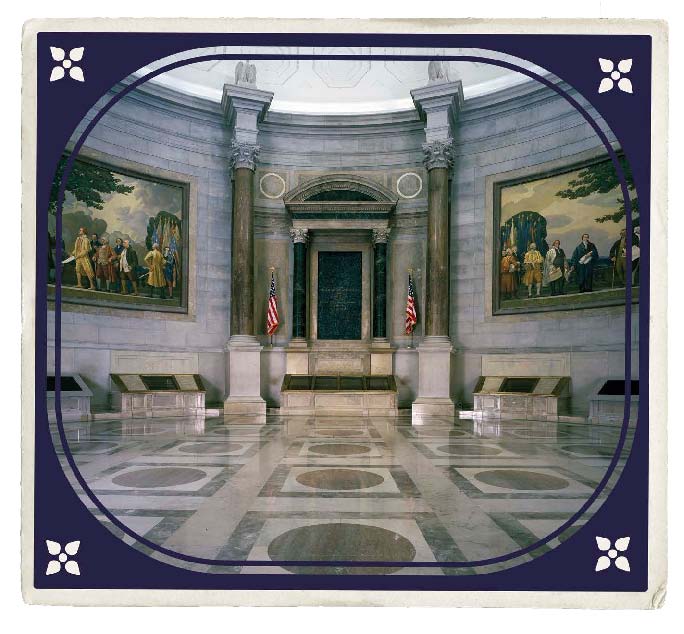
Paintings of the Founding Fathers decorate the National Archives. There, visitors can view important delegates. that shaped the United Statesthe Declaration of Independence, the U.S. Constitution, and the Bill of Rights.
REVOLUTIONARY RUMBLINGS
Its easy to believe that the Founding Fathers were a united group with one goalbut thats not totally true. A new union had sprung up between the colonies as they shared complaints against the British. Still, there were many issues that the colonists disagreed on. Within and between colonies, there was a wide range of opinions about the best way to fight Englands injustice.
Delegates from 12 of the 13 colonies took part in the Continental Congress that started in 1774. Even members of the Continental Congress disagreed about how to act. Many wanted to keep their ties to England instead of breaking away as an independent country. They argued about this even after the Revolutionary War had begun. A declaration of independence was far from certain.
FACT FINDER
Americans werent united in the Revolution. After the war began, about 50,000 colonists fought alongside the British. They were called Loyalists.Towns and cities were divided between Loyalists and new American patriots.
PAUL REVERES RIDE
In 1861, Henry Wadsworth Longfellow wrote a poem about Paul Reveres night ride. The poem exaggerated Reveres actions. It extended the two-hour ride to last through the night. It also left out other riders who traveled to deliver the message. In reality, Revere made it to Lexington, but he failed to reach Concord, Massachusetts,because the British stopped him. Another rider, Samuel Prescott, made it through to warn Concord.
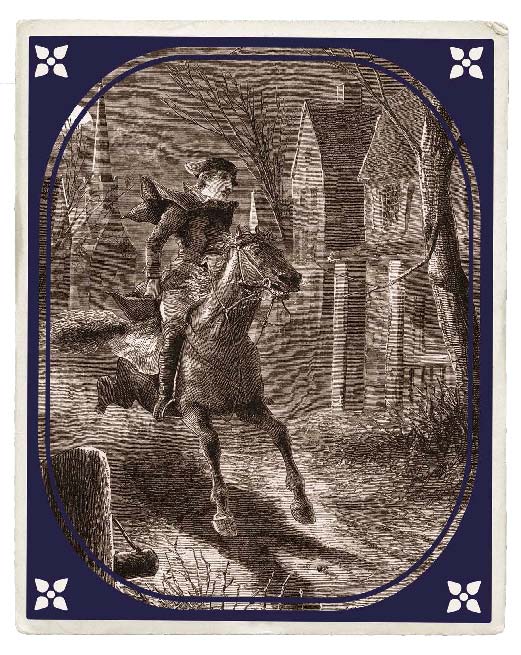
The Revolutionary War began on the morning of April 19, 1775, in Lexington, Massachusetts. Paul Revere famously raced on horseback the night before to warn patriots that the British were coming.
DECLARING INDEPENDENCE
Its easy to forget how undecided the Founding Fathers and the Continental Congress were at this time. They were enthusiastic about the rights of Americans, but they werent ready to stand on their own as a country. By early summer 1776, more than a year had passed since the Revolutionary War startedbut the Continental Congress was still debating about whether to declare independence.
Members of the Continental Congress began their final debate over independence on July 1, 1776. The next day, 12 of the 13 colonies voted for independence. (New York had not yet been given permission by its government to vote on the issue.) The date was July 2, 1776. John Adams wrote a letter to his wife predicting that the day would be remembered and joyfully celebrated by future Americans.

JOHN ADAMS
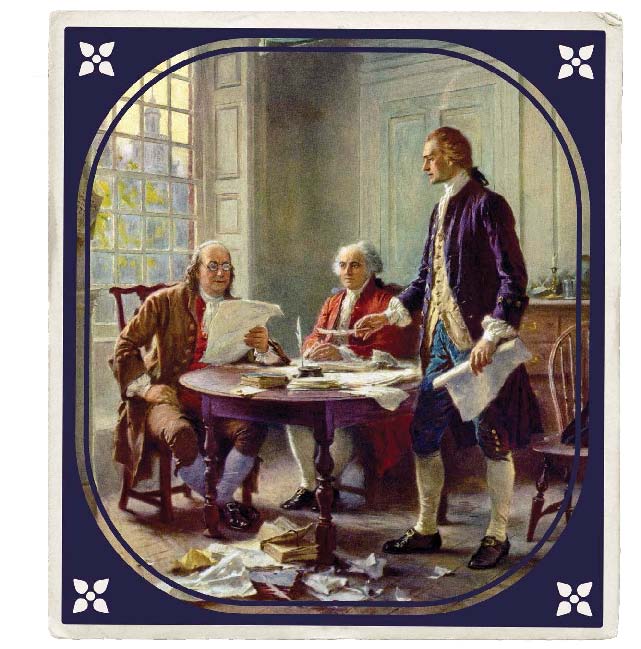
Five delegates were assigned the task of writing a declaration of independence. Benjamin Franklin, John Adams, and Thomas Jefferson are shown in this painting.

